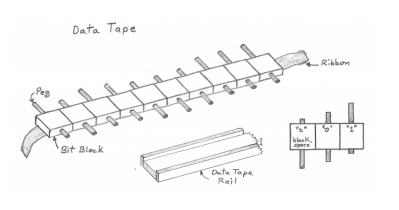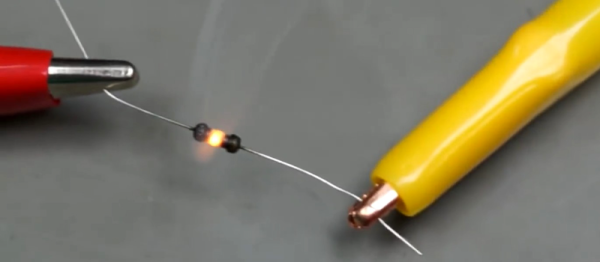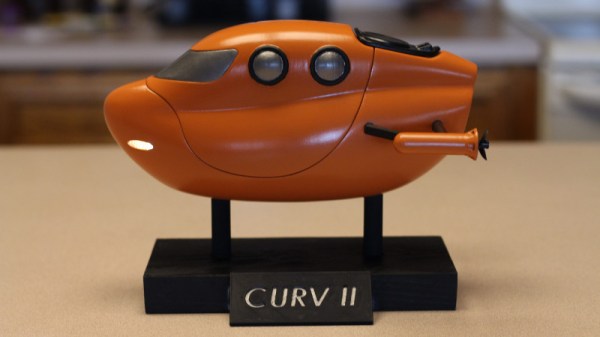Alan Turing theorized a machine that could do infinite calculations from an infinite amount of data that computes based on a set of rules. It starts with an input, transforms the data and outputs an answer. Computation at its simplest. The Turing machine is considered a blueprint for modern computers and has also become a blueprint for builders to challenge themselves for decades.
Inspired by watching The Imitation Game, a historical drama loosely based on Alan Turing, [Richard J. Ridel] researched Alan Turing and decided to build a Turing machine of his own. During his research, he found most machines were created using electrical parts so he decided to challenge himself by building a purely mechanical Turing machine.
 Unlike the machine Alan Turing hypothesized, [Richard J. Ridel] decided on building a machine that accommodated three data elements (0, 1, and “b” for blank) and three states. This was informed by research he did on the minimum amount of data elements and states a machine could have in order to perform any calculation along with his own experimentation and material constraints.
Unlike the machine Alan Turing hypothesized, [Richard J. Ridel] decided on building a machine that accommodated three data elements (0, 1, and “b” for blank) and three states. This was informed by research he did on the minimum amount of data elements and states a machine could have in order to perform any calculation along with his own experimentation and material constraints.
Read more about Richard’s trial and error build development, how his machine works, and possible improvements in the document he wrote linked to above. It’s a great document of process and begs you to learn from it and take on your own challenge of building a Turing machine.
For more inspiration on how to build a Turing machine check out how to build one using readily available electronic components.



















